Something needs to be done about student well-being globally.
Today students face many different environmental, social and economic challenges compared to the generations that came before them. According to the American Academy of Pediatrics, the number of children and adolescents admitted to children’s hospitals for “thoughts of suicide or self-harm” more than doubled during the last decade. A study of South African students reported that 24.5% of the students in its sample expressed “some form of suicidal ideation in the two weeks before they were interviewed.”
A global study by the OECD/PISA of approximately 540,000 students in 72 countries showed that over the last decade student well-being has seriously declined. What’s the role of education?
Are we connecting the dots? What’s the link between worldwide shootings and mental health? What’s the link between the opioid epidemic and mental health?
We begin today what we expect will be the first of many conversations on how to improve well-being in youth through education. This month we asked our top teachers around the world: How can schools and communities promote well-being, health and happiness for students in their classrooms?
“What Can Educators do?” writes Richard Wells (@EduWells). “I am forever urging educators to look to the numerous successful examples in your own country where entire school philosophy becomes centered on unstandardised, project-based, and often personalised (interest-based) learning.” Read more.
“I will never carry a gun into my classroom,” writes Vicki Davis (@coolcatteacher). “However, I believe I have something far more helpful: compassion, caring, and a determination to change the world by reaching the hearts and minds of this generation.” Read more.
“In the past five months,” writes Nadia Lopez (@TheLopezEffect), “I have dealt with three cases of suicidal ideations that required medical attention, investigated allegations of cyber bullying and saw an increased number of scholars with anxiety associated with the pressures of school.” Read more.
“Our young people often come from backgrounds that are everything but safe or stable,” writes Miriam Mason in Sierra Leone (@EducAidSL). “This year, EducAid has been focusing on encouraging staff and students to develop a growth mindset.” Read more.
“I love enrichment clubs where you are able to get to know the children on a more one to one basis outside of the formal education setting,” writes Warren Sparrow (@wsparrowsa). “I especially like to step back and allow the students to take control of their own learning during this time, allowing them to choose their own topics and do something that they feel is important to them.” Read more.
“It really takes a village to raise and make a child feel valued and guided,” writes Jim Tuscano (@jimtuscano). Jim shares some of the techniques and programs his school has put in place to foster happy classrooms including the promotion of a “growth mindset,” a “virtues project” and an “effective and reflective anti-bullying campaign.” Read more.
“A classroom is not just to acquire skills of numeracy, language and science…it should nurture the heart and prepare each child as a happy individual of developing societies,” writes Rashmi Kathuria (@rashkath). Rashmi shares her school’s strategies which include creating a culture of collaboration versus competition, practicing “mindfulness” and applying the “rule of integers in life”. Read more.
“In this complex world, it is critical to empower our young people to be happy, healthy and equipped with a powerful toolkit of resources to thrive,” writes Craig Kemp (@mrkempnz). Craig’s six ways to promote well-being, health and happiness include knowing your students, encouraging laughter and humor and having an “effective and positive pastoral care program.” Read more.
“No school can do its job of educating youth without seriously taking student well-being into consideration,” writes Elisa Guerra Cruz (@ElisaGuerraCruz). Elisa shares some of the things her school does to promote happiness, well-being and health including a focus on teacher’s well-being and creating a “rich, stimulating and wide learning environment.” Read more.
“We as educators need to look at the whole education system inside the school with its mechanisms and relationships between people,” writes Maarit Rossi (@pathstomath). Maarit focuses on “well-being through structures,” “well-being through services,” and “well-being through democracy.” Read more.
The Top Global Teacher Bloggers is a monthly series where educators across the globe offer experienced yet unique takes on today’s most important topics. CMRubinWorld utilizes the platform to propagate the voices of the most indispensable people of our learning institutions – teachers.
Top Row L to R: Armand Doucet, Craig Kemp, Richard Wells, Elisa Guerra Cruz, Jim Tuscano, Carl Hooker
Middle Row L to R: Jelmer Evers, Maarit Rossi, Koen Timmers, C.M. Rubin, Michael Soskil, Miriam Mason-Sesay
Bottom Row L to R: Nadia Lopez, Rashmi Kathuria, Shaelynn Fransworth, Adam Steiner, Vicki Davis, Warren Sparrow
Join me and globally renowned thought leaders including Sir Michael Barber (UK), Dr. Michael Block (U.S.), Dr. Leon Botstein (U.S.), Professor Clay Christensen (U.S.), Dr. Linda Darling-Hammond (U.S.), Dr. MadhavChavan (India), Charles Fadel (U.S.), Professor Michael Fullan (Canada), Professor Howard Gardner (U.S.), Professor Andy Hargreaves (U.S.), Professor Yvonne Hellman (The Netherlands), Professor Kristin Helstad (Norway), Jean Hendrickson (U.S.), Professor Rose Hipkins (New Zealand), Professor Cornelia Hoogland (Canada), Honourable Jeff Johnson (Canada), Mme. Chantal Kaufmann (Belgium), Dr. EijaKauppinen (Finland), State Secretary TapioKosunen (Finland), Professor Dominique Lafontaine (Belgium), Professor Hugh Lauder (UK), Lord Ken Macdonald (UK), Professor Geoff Masters (Australia), Professor Barry McGaw (Australia), Shiv Nadar (India), Professor R. Natarajan (India), Dr. Pak Tee Ng (Singapore), Dr. Denise Pope (US), Sridhar Rajagopalan (India), Dr. Diane Ravitch (U.S.), Richard Wilson Riley (U.S.), Sir Ken Robinson (UK), Professor Pasi Sahlberg (Finland), Professor Manabu Sato (Japan), Andreas Schleicher (PISA, OECD), Dr. Anthony Seldon (UK), Dr. David Shaffer (U.S.), Dr. Kirsten Sivesind (Norway), Chancellor Stephen Spahn (U.S.), Yves Theze (LyceeFrancais U.S.), Professor Charles Ungerleider (Canada), Professor Tony Wagner (U.S.), Sir David Watson (UK), Professor Dylan Wiliam (UK), Dr. Mark Wormald (UK), Professor Theo Wubbels (The Netherlands), Professor Michael Young (UK), and Professor Minxuan Zhang (China) as they explore the big picture education questions that all nations face today.
The Global Search for Education Community Page
C. M. Rubin is the author of two widely read online series for which she received a 2011 Upton Sinclair award, “The Global Search for Education” and “How Will We Read?” She is also the author of three bestselling books, including The Real Alice in Wonderland, is the publisher of CMRubinWorld and is a Disruptor Foundation Fellow.
Follow C. M. Rubin on Twitter: www.twitter.com/@cmrubinworld

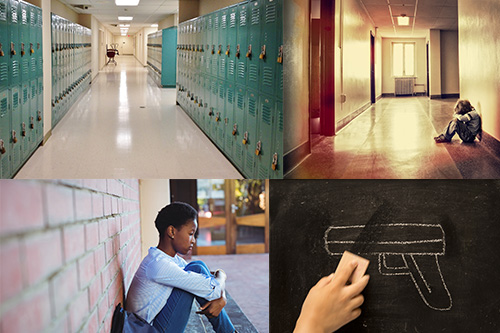
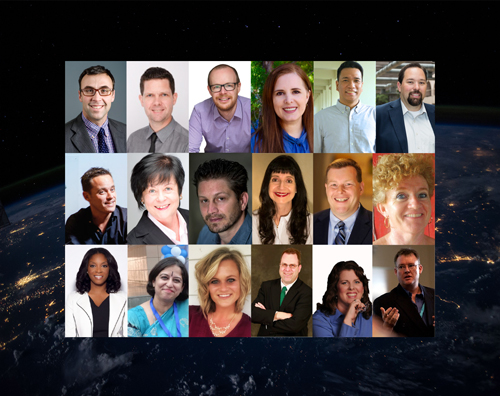
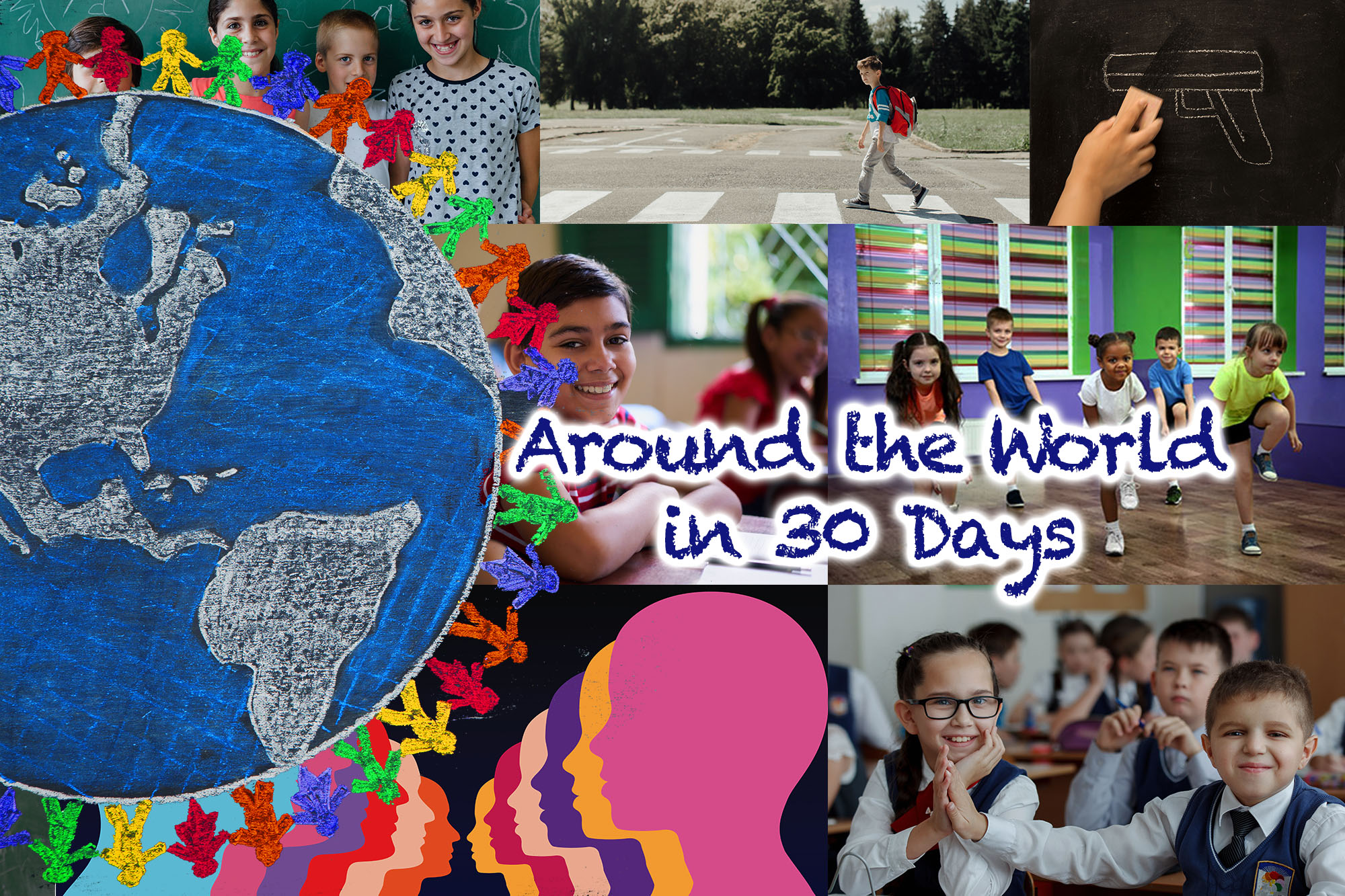

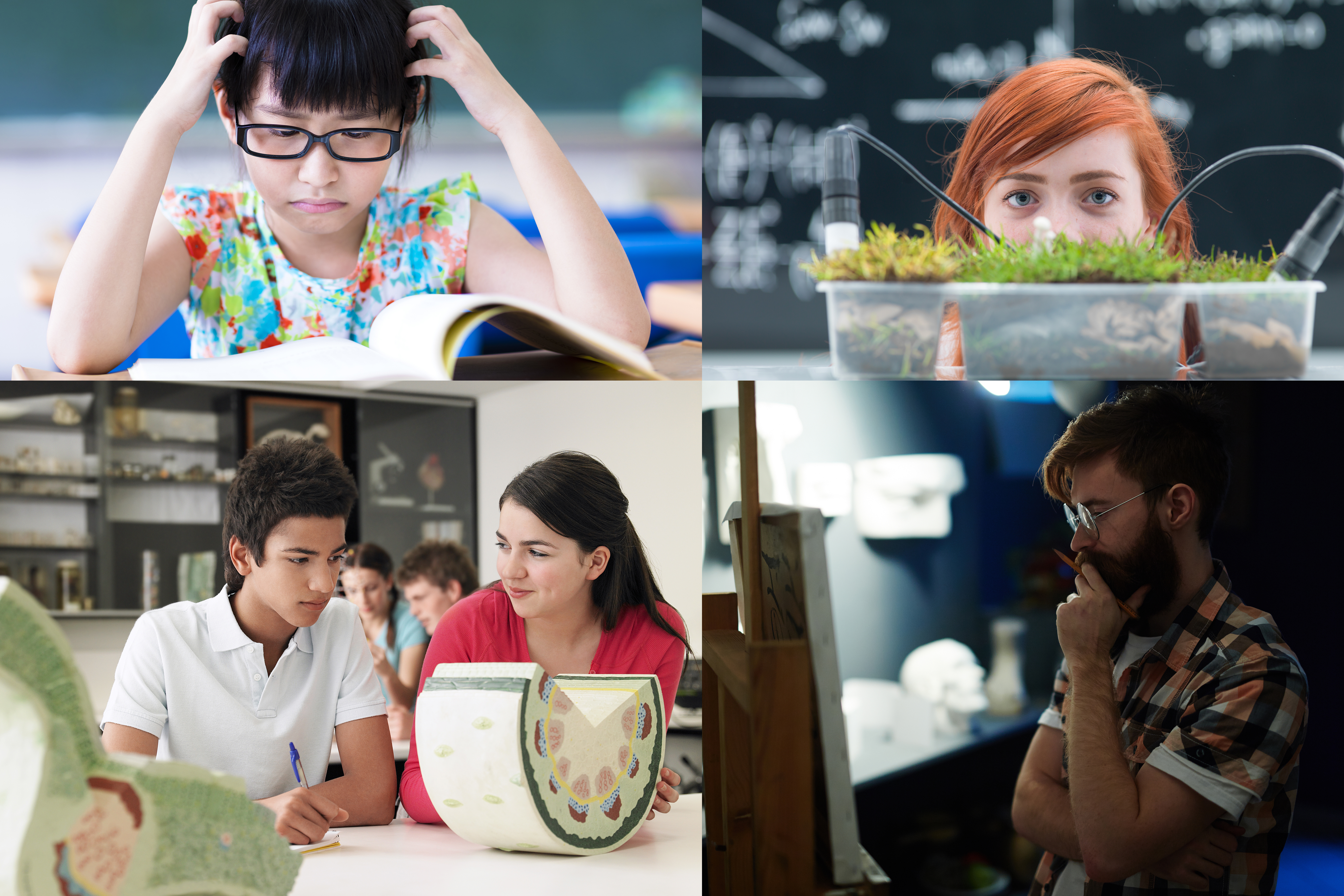
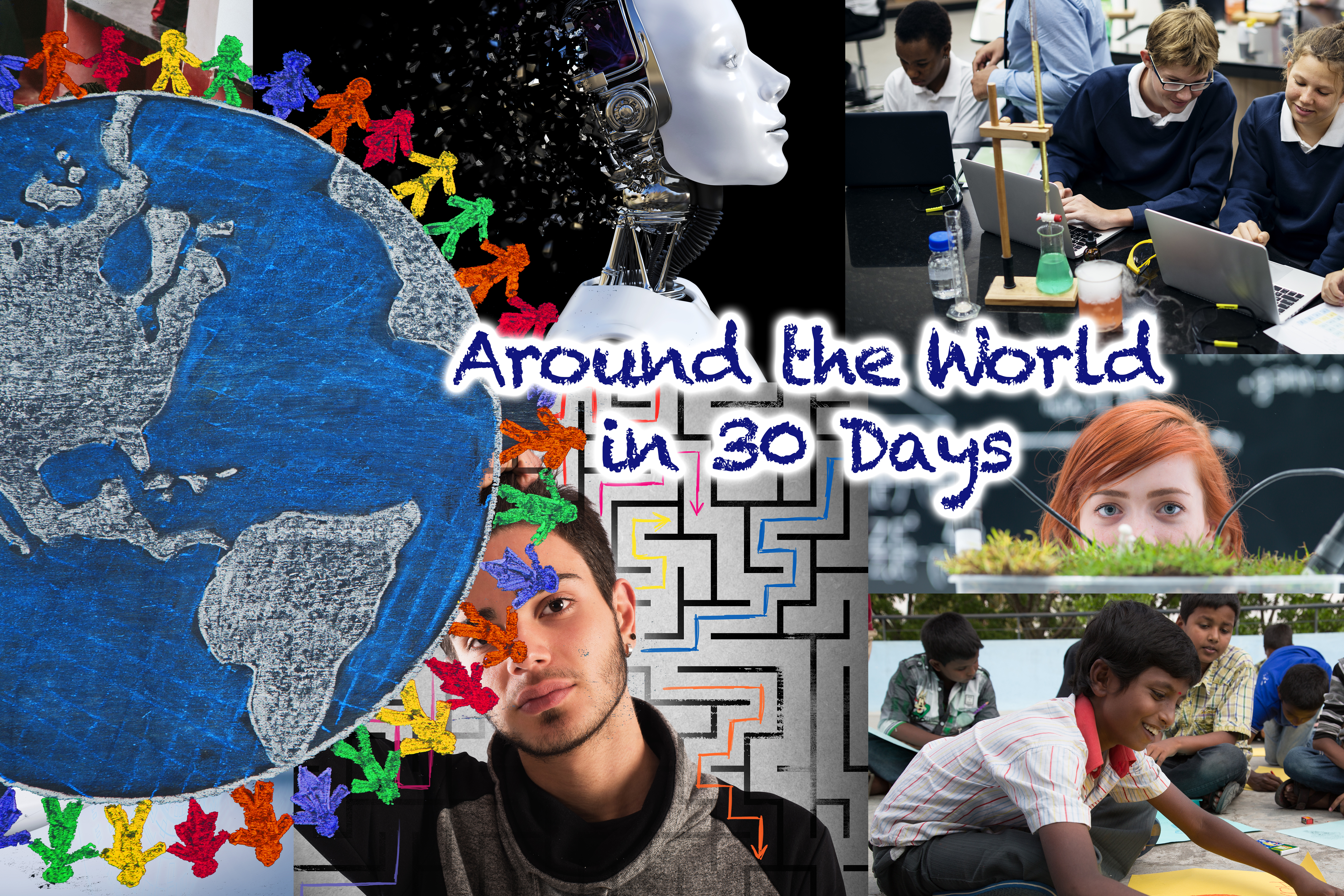
Recent Comments